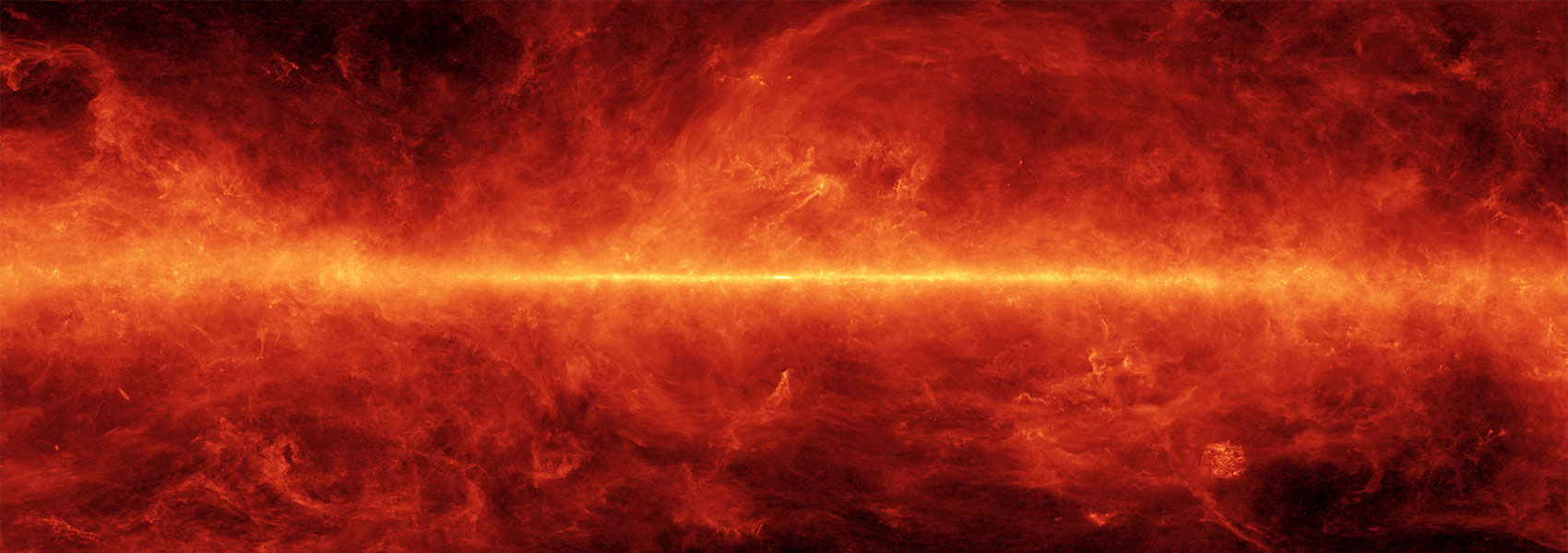
JWST NIRSpec Spectroscopy of the Remarkable Bright Galaxy GHZ2/GLASS-z12 at Redshift 12.34
September 2024 • 2024ApJ...972..143C
Abstract • We spectroscopically confirm the M UV = ‑20.5 mag galaxy GHZ2/GLASS-z12 to be at redshift z = 12.34. The source was selected via NIRCam photometry in GLASS-JWST Early Release Science data, providing the first evidence of a surprising abundance of bright galaxies at z ≳ 10. The NIRSpec PRISM spectrum shows detections of N IV, C IV, He II, O III, C III, O II, and Ne III lines and the first detection at high redshift of the O III Bowen fluorescence line at 3133 Å rest frame. The prominent C IV line with rest-frame equivalent width (EW) ≈ 46 Å puts GHZ2 in the category of extreme C IV emitters. GHZ2 displays UV lines with EWs that are only found in active galactic nuclei (AGNs) or composite objects at low/intermediate redshifts. The UV line-intensity ratios are compatible with both AGNs and star formation in a low-metallicity environment, with the low limit on the [Ne IV]/[N IV] ratio favoring a stellar origin of the ionizing photons. We discuss a possible scenario in which the high ionizing output is due to low-metallicity stars forming in a dense environment. We estimate a metallicity ≲0.1 Z/Z ⊙, a high ionization parameter log U > ‑2, a N/O abundance 4–5 times the solar value, and a subsolar C/O ratio similar to the recently discovered class of nitrogen-enhanced objects. Considering its abundance patterns and the high stellar mass density (104 M ⊙ pc‑2), GHZ2 is an ideal formation site for the progenitors of today's globular clusters. The remarkable brightness of GHZ2 makes it a "Rosetta stone" for understanding the physics of galaxy formation within just 360 Myr after the Big Bang.
Links
- PREPRINT http://arxiv.org/abs/2403.10238
- NED https://ned.ipac.caltech.edu/uri/NED::InRefcode/2024ApJ...972..143C
- ELECTR https://doi.org/10.3847/1538-4357/ad5f88
- SIMBAD https://simbad.u-strasbg.fr/simbad/sim-ref?querymethod=bib&simbo=on&submit=submit+bibcode&bibcode=2024ApJ...972..143C
- PDF https://iopscience.iop.org/article/10.3847/1538-4357/ad5f88/pdf
- DATA http://archive.eso.org/bin/ads2eso?2024ApJ...972..143C
- DATA https://archive.stsci.edu/mastbibref.php?bibcode=2024ApJ...972..143C
- DATA https://doi.org/https://doi.org/10.17909/4r6b-bx96



